
dcicero
-
Posts
259 -
Joined
-
Last visited
Content Type
Profiles
Forums
Gallery
Events
Posts posted by dcicero
-
-
I was telling Kurt when I was over there, I started this project because I wanted to participate in the group build. As I've worked on it though, this little boat has grown on me. I think it's turned out really well and I owe a lot to the people on MSW and in the Nautical Research & Model Ship Society of Chicago. There were plenty of opportunities to put this model on the shelf and move along, but you all kept me at it and, for that, I'm really thankful.
Dan
-
Kurt hooked me up. My drill press wasn't big enough to drill mounting holes in the middle of the plinth I had made, so I made a trip over to Westmont and he helped use his much larger drill press to get vertical mounting holes drilled. I tried other things -- guide blocks and alignment jigs -- but I wasn't convinced they were going to work and I only had one chance. Thanks again, Kurt!
So, the model is essentially done. Bob Filipowski suggested I build some oar racks to display the oars and I think I'll do that, but now that the model's mounted, I wanted to spend time touching up the paint and finishing up some small details that are just easier to do when the model's mounted on the base.
Here's what the boat looks like now. I wanted to get it in the contest in Manitowoc this year, but my son's First Communion is happening the same day. Not a hard choice!
- dvm27, Geoff Matson, dgbot and 6 others
-
 9
9
-
It's been a long time since I posted any progress on the longboat ... but that doesn't mean there hasn't been progress! It's almost done. I've found taking pictures at this stage to be difficult. Sometimes it's tough to get the camera on my phone to focus where I want it. I wind up with great resolution on stuff I don't care about.
Since I last posted, I've rigged the boat.
There's a deceptive amount of rigging on this model. I expected it to go faster than it did. It's not all that difficult; there's just a lot of fiddly little things to do.
In no real order, here are some photos of my progress.
I spent some time making the chainplates. In the end, I had to do it a couple of times to get good-looking ones. I thought they turned out pretty well.
I had some trouble withe the rope coils. I went into that little job thinking I'd knock it out in an evening. Not really much to those things. I have a little jig I use for wrapping them. Then I hit them with hairspray to keep them together while I'm working with them. Plunk them on the model and you're done, right?
Here's a typical one:
But when I added them to the model, they just looked ... wrong!
So I re-did them in a lot less complex way. I'd left a lot of extra on the actual rigging line, so I just wrapped them into a coal, coated them with some white glue and weighted them down a little with a dental pick. That gave the illusion of weight and the coils looked a lot more natural.
I had trouble taking pictures of those things, but you can see the same effect in the coils on the flag halyard.
Speaking of the flag halyard, I got it all rigged, as shown in the picture, and realized that, as I tied them down, I'd wrapped them around the shrouds, on both sides. It was actually hard to see. (You can kind of see it in the photo.) But once I noticed it, I couldn't leave it that way. I un-rigged it and did them again. They look a lot better now.
So what's next? The oars are done:
As is the grapple.
I got the case back from the guy who made the base for me.
That was a little story. I don't have a table saw. I found a guy with a millwork shop right across the street from where my kids take karate lessons. I thought, "Look at that! I can help a local business, get my base made and do it without making a separate trip because I'm at the karate dojo at least twice a week anyway."
He was a nice-enough guy, but he told me it'd be done in two weeks and took more like five. And it wasn't cheap. If he'd gotten it done on time, I wouldn't have had too much trouble with the price, but making me wait? I felt a little ripped off. Add to that the fact that, at about week four I started calling him about it and he wouldn't return my calls... Anyway, it's done and it looks really nice.
So I have to install the oars and the grapple. Haven't decided if I'm going to put the arm on the windlass. Then I'll mount the model on the base and do a little touch-up of some spots where the paint's been marred by handling it, put a little brass plaque on the base and finish it off.
Dan
- egkb, Ryland Craze, Mirabell61 and 3 others
-
 6
6
-
I spent a little more time with the Longboat last night.
I decided on the height of the pedestals: 2.5". I made this determination in a highly scientific manner. I raised the model above the base -- with a ruler next to it -- until I liked how it looked.
So here's how it all worked out:
I deviated from the instructions a little bit by making the chainplates before I stepped the mast. I followed the instructions pretty closely, except that I soldered everything rather than use CA glue.
Here's the super-complex jig, a brass nail with the head cut off. You can see the scorch marks from the soldering iron and the measuring line to show where to bend the wire.
And here's a chainplate being made. The in-process one is below the finished one to show how it all works out.
These are little things...
Here are all four. They still need to be painted.
And then I stepped the mast. It took a couple of attempts to get the mast step to look right. I think this is pretty close. Tonight I'm going to do a little more beveling on it. It looks a little too blocky to me as it is.
I drilled a small hole in the bottom of the mast and a hole through the mast step. I ran a wire through the mast step and into the bottom of the mast, giving me a little spike on the bottom of the whole assembly that helped me line everything up. The mark made by the wire showed me where to drill the hole and step the mast.
And here's how the boat looks now.
The gaff and boom are completed. I need to make the other two chainplates and then start rigging. Also have to get a base for the case made.
Coming right along!
Dan
- divarty, ccoyle, Ryland Craze and 5 others
-
 8
8
-
Thanks, Kurt!
Here's a question for everyone. I've gotten to the point where I want to order the case for the model. I know I want to have 2" of space all the way around. (I've seen a lot of cases and that seems to be the amount of space that looks best.)
So to do that, I made a drawing and put the dimensions on it.
But here's my question. How high should the pedestals be? I started out thinking they should be about a third of the total. So if the model is 8 - 3/4" high, then the pedestals should be about 4 - 3/8" for a total height of 13 - 1/8". That seemed pretty high, so I recalculated at a quarter of the total. That gave me pedestals 2.92" tall. (Model = 8.75"; Total height = 11.67") That sounds better and makes the case only about 14" tall (plus the thickness of the base).
Any other way I should be thinking of this? Any rules of thumb you all go with? I realize that this is a matter of choice to some extent. I like the looks of the taller pedestals most have used, but I don't want to make them so long that the model looks like it's escaping from the base.
Dan
-
The mast, boom and bowsprit are done! The gaff is almost there. I can see the completion of the longboat from here...
I've been happy with the quality of the materials in this kit with two exceptions so far. First, the dowels were warped, which meant I had to spend all of $0.18 at Hobby Lobby for new ones. The second quibble is with the quality of the line. The kit comes with polyester rigging line. I tried to use it, but it wouldn't behave like I wanted it to. No matter what I did, it seemed to retain the bends that were in it from the little card it comes on. It's heavier than I like, too. Instead of using it, I just started using some nylon line I've used in the past and like.
After watching Chuck demonstrate his line-making technique in St. Louis, I went out and got some linen crochet thread. I'm going to try that out and see what I can come up with. Chuck's got a source for tan thread. I don't, so I'll wind up dying the off-white stuff I did find. I wish I'd been able to videotape Chuck's demo. I know I've forgotten parts.
So, on to the construction stuff. I wasn't very good about taking pictures of the boom as I went along. No big deal, really, as there isn't much to it. I turned it on my lathe, as I normally do and here's the result.
I tried to seize the two blocks on the mast using the kit-supplied line, but ran into trouble. I couldn't get it through the tiny holes I drilled in the mast bands. I used fly tying wire instead, but didn't like the result. After seizing the block onto the boom -- and liking the result -- I cut the blocks off the mast and re-did them with the nylon thread. They look better now.
It took me a while to figure out how to mount the bowsprit. I wanted the pitch of the bowsprit to be correct, for it to be true fore and aft and have the sheaves vertical so that the rigging will pass fair through it. I installed a small pin in the side of the bowsprit that fit into a hole in the stem. It would still move up and down and side to side, but fore-and-aft movement was stopped.
Then I installed the bowsprit support.
Then I installed the bowsprit itself. You can see the pin run through the forward band into the stem. That's going to get cleaned up and painted.
And then on to the gaff. I turned the dowel on the lathe and carved the land into the end. Then came making the jaws. They're tiny and I wanted to make sure they were symmetrical and the holes were in the same place on both sides.
I traced the outline of the jaws -- from the plans -- on a piece of paper, cut it out and glued it to a piece of stock. Then I cut a second piece of stock and clamped the two together. Then I drilled the holes. To keep everything lined up, I ran a piece of wire through the holes. Between the little clamp and the wire, everything stayed stable while I carved the jaws.
Here's a photo of the half-carved jaws.
After they were carved, I just attached them to the gaff using white glue.
I installed the eyebolt too.
Next step is paint and then rigging it. Hopefully I get to that tonight.
It's all coming together...
Dan
- Geoff Matson, Ryland Craze, egkb and 2 others
-
 5
5
-
Thanks, Ryland and John!
It was nice to put a name with a face in St. Louis, Ryland!
Dan
-
Thanks, Michael.
That jig looks like a really useful tool, too. Making spars from square stock probably allows you to find straight-grained material to work with.
Dan
-
Sorry for the delay, Steve. I haven't been attending to Model Ship World as attentively as I should.
How did I get the mast lined up? I simplified. I got the table as close as I could to the drill chuck and still have enough room to chuck in the drill bit.
I used an awl to make a small mark where the holes should be. (I just did that by eye.)
The carbide bits are nice because they have a nice point on the and the won't wobble. The cheap Harbor Freight bits don't, so they're tougher to use.
Without the drill press running, lower the bit into the hole, making sure the bit is lined up. This is the equivalent of "measure twice, cut once." When you're satisfied that everything is lined up, drill away!
My mistake was using the drill press vice, which made alignment harder. Take your time and it will work fine.
Dan
-
Thanks, Toni.
I thought the same thing about using the drill press. I don't think it's a good solution for every job like this. For instance, I think I'd prefer to use the lathe to turn a spar. Tapering both ends of a dowel in a drill press sounds like an impossibility, especially when you do it like I do, with a template and a digital caliper. For this job, the dowel didn't whip around much, so it worked out. (It's short, which is probably why.)
I made a wood strip organizer out of an oatmeal box and some paper towel cores. (You can see it on the right side of my workbench.) That was a suggestion from Kurt Van Dahm and it worked out really well.
Off to Hobby Lobby to get some more dowels...
Dan
-
Last weekend, I attended the annual Tri-Club meeting, a gathering of the three Chicago-area ship modeling clubs. I had a great time, saw some terrific models, heard some great presentations and talked with some really knowledgeable model builders. I also scored a parts organizer which someone threw on the table for free. It has found a good home! I wish I'd taken a picture of my workbench prior to spending some time organizing it. Here's what it looks like now. The improvement is dramatic.
Now, with a nice clean workbench, I started on the bowsprit.
I have one little quibble with the materials in the kit. Get a load of the 1/8" dowels from which the bowsprit, gaff and boom must be made.
Looks like I'm going to need to replace that because there aren't enough straight sections to make the parts from.
I did manage to find enough straight stuff to make a bowsprit.
I made a little jig to make drilling the holes for the sheave easier. On the mast, I just eye-balled it. That worked, but I wanted to use my new carbide drill bits and, because those things don't flex at all, I thought it would be better to put them on the drill press.
The jig is just a couple of pieces of scrap wood to hold the stock in place.
I taped it down to keep it from moving around and then put it in a drill press vice. That thing is going nowhere!
So off I went, drilling happily along.
I knew something had gone horribly wrong when I pulled the stock out of the jig. Notice how off-center those holes look? I really did try to line that up properly and I had the drill press vice clamped to the table, so it didn't move. Must have just been the angle I was looking at it that made it look centered on the top of the stock.
It didn't get any better when I looked at the bowsprit. (This was tough to photograph, so I ran a little piece of black wire through one of the holes to show how off-center they were.)
I figured that, if I left it that way, anyone sighting down the centerline of the model would notice the asymmetry. This needed to be done again.
Second time was the charm. See those holes down the center of the jig?
And here's the final product, a much better result.
I had tried, with the first attempt, to turn the bowsprit on my lathe, but the truth of it is that's just overkill. The taper on the bowsprit is not very severe and using the lathe is time consuming. I tried a technique Doc Williams has suggested. I chucked the stock in the drill press and just used sandpaper to sand it down to the final dimensions. That worked really well.
I painted the aft end of the bowsprit and left it to dry last night. The forward end will get done tonight, along with, probably, the aft iron band. More pictures to come.
Dan
- egkb, dgbot and Geoff Matson
-
 3
3
-
Made a little progress over the past week or so. I made the ball truck. There's not too much to that, just a lot of sanding to get the proper shape and thickness. I had a take a couple of runs at getting the holes drilled in a proper square. As you can see, there was some wood filler involved.
And then I assembled the whole thing and completed painting it.
The mast is finished!
Dan
- Geoff Matson, egkb and dgbot
-
 3
3
-
Thanks, Toni and David. I found the website to buy replacement bits in packs of 5: http://drillcity.stores.yahoo.net/5pacresdrilb.html I'm guessing I'm going to have those early next week.
I made the second (smaller) band without any trouble at all. "This is easy!" I thought, and went merrily along into the third one ... and this happened. The first hole I drilled with just the bits, turning them like a pin vice. For this one, I used the Dremel, but was unable to hold it straight and steady enough to drill precisely. (I have an old Dremel from the 1980's. The newer ones are much less bulky.)
The brass strip is only 1/16" wide, so any error is going to make drilling the hole difficult.
Taking Toni's advice, I got out my drill press. It's not a hobby drill press, so it's big for the job, but it is very stable and I have a nice drill press vice for it, so I can hold a workpiece steady. As with most things drill press, setting the machine up takes more time than the actual work. Here's the set-up:
And here's the final product:
A little trimming and dressing and I had this:
Just to check fit, I put them on the mast.
Looking good so far. Now I need to make the ball truck install everything and paint the mast.
Dan
- Geoff Matson and Perls
-
 2
2
-
I snapped off the #76, Bob. Thanks for the offer, but I dropped an email to Drill Bit City to see if I can just buy the single bit. We'll see what they say.
Started on the other two bands tonight!
Dan
-
Progress!
First, I want to put in a plug for Drill Bit City. I ordered a set of carbide drill bits (shown below). I swear, I hadn't even hit "Send" before they showed up on my doorstep. I ordered them on Monday night and had them on Wednesday when I got home from work.
I was figuring I'd have to wait a week to get them, so I was thinking about what I could do in the meantime to make the bottom mast band. I thought, what if I soldered some little pices of brass on the strip and made a hole instead of drilling one?
Like this:
Step 1: Bend the brass strip around the mast.
Step 2: Solder small pieces of brass on the strip with a gap between them.
The crimp the strip around the mast and solder everything together, leaving a hole. (I figured I'd have to drill down through the soft solder, but that wouldn't be a problem and I wouldn't have to twist the brass strip to make a flat surface to drill down through.
So that's what I did. And here's the result, after trimming the ends off and dressing everything with a file.
As usual, no operation goes flawlessly the first time. I did damage one of my brand new drill bits. (Note: carbide does not flex!) Once I learned my lesson, the rest of the drilling operation went perfectly. I love those drill bits. They made quick, accurate work of this job.
I probably over-thought this -- nothing new for me there! -- but it was an interesting problem to solve. The other two bands are simpler because you just have to bend the strip around the mast, solder and drill, so a lot less thinking involved in those!
With all this practice, I'm getting a lot faster and more accurate with soldering, too.
Dan
- Geoff Matson and dgbot
-
 2
2
-
Really terrific work! Congratulations!
Dan
-
Toni,
I used two different bits. The first was a dental drill given to me by Marc Meijer, the kind used for root canals. That one at least made a dent in the brass, but couldn't cut through. The second was a regular high speed steel drill bit. I got that as part of a set from Harbor Freight Tools. Admittedly, those are pretty cheap drill bits, but I got nothing from it. Nothing at all. I used a pin vise first, then chucked them into my Dremel. (I used my cheap Harbor Freight rotary tool, too, but that one wobbles around so much it's useless for any kind of precision drilling. It's alright for sanding, though.)
I've got another set of precision drill bits, but I don't know if I have one small enough to do this job. Might have to go to drillbitcity and buy some high quality bits.
So you solder the band after you've fitted it on the mast? I'd be afraid I'd scorch the mast doing that!
Dan
-
Thanks for all the kind words, everyone!
I started on the mast bands today and ran into some trouble. Now I'm looking for advice.
It all started promisingly enough... I located the right spot on the mast for the band.
Then I bent the brass strip around the mast, crimping it.
Then I removed the band from the mast. Looks good so far.
Holding the band together with a clamp...
I soldered it together.
Then I dressed it with a sanding stick, getting rid of the excess solder. That's when the trouble started. I couldn't for the life of me, drill that little hole. I used dental drills -- thanks, Marc! -- and small diameter drills that I'd used on other things. I put them in my Dremel after my pin vice failed to do the job. Nothing worked. I just couldn't cut through the brass and solder.
Then I thought, why don't I make a fitting that will do the same job. I cut the end off the band and got a little brass tubing I had, figuring I'd just solder it on the end.
That worked alright, but trimming the brass tubing was problematic. (It took too much pressure to cut the tubing and the solder joint failed.)
So, back to the drawing board. I figured that, if I made another band like the first, but twisted the end 90°, I could make a flat enough area to drill the hole and maybe use less solder, if that was the problem.
I did that and the results were fine.
But I still couldn't drill that hole. What might I try?
Dan
-
It's been a month since I posted anything, but it's been an eventful month. The rudder has been giving me fits, but I finally finished it off.
Sanding the rudder to its final shape is straightforward. Nothing much to that. Once that was done, I decided to paint it. Had a little trouble with that because the paint bled under the tape. Tried to fix that. The fix didn't work very well. Continued anyway...
I needed to make the pintels and gudgeons. I started by bending the brass strip over a piece of scrap wood the same thickness as the rudder. Better to mess this up, I thought, than the actual rudder.
Then I tried to glue the 28 gauge wire into the bent piece of brass to finish the pintel. I tried CA glue. No go. The thing just fell right out. No problem, I thought. I'll solder it in.
I found my 1983 vintage 20W soldering iron -- the one with the completely corroded tip -- my old Radio Shack resin-core solder and went at it. The result: disaster. Big glob of solder and a cold solder joint. Kurt Van Dahm set me straight. I needed to upgrade my soldering rig. I bought a new soldering iron from Radio Shack. (Probably should have ordered a Weller from Amazon, but I didn't want to wait for it.) I got some acid flux and 50/50 Lead/Tin solder from Ace Hardware. That's what's needed for soldering brass.
I used my Helping Hands as a jig to hold the wire and the piece of brass strip.
The results were great.
I blackened the pintels using Birchwood Casey Brass Black. I really like the finish you get with the Birchwood Casey, but I've found getting a really tenacious finish takes a lot of iterations. And even when I go through that effort, if I have to work with the piece much, it does seem to rub off. That's what happened with the pintels. I didn't get them exactly in the right place the first time, so some of the finish rubbed off on the rudder itself.
By now, the rudder was starting to look really rough: bad paint, stains from the pintels. It was junk. I made another one, figuring I could learn from my mistakes.
The second time around, I was much more careful about masking the paint job. And I made sure not to leave behind any residue from the Birchwood Casey. I also touched the brass up with paint, which won't rub off. The results, I thought, were really good.
I applied the first coat of Watco's Danish Wood Oil. No problems. I applied the friezes using white glue. Simple enough. I carved the tiller from a piece of 1/16" x 1/16" stock. That took a while, but turned out pretty well. To attach the tiller to the rudder, I drilled a small hole in the end of the tiller and, using CA glue, stuck a piece of wire in the end. Then I drilled a small hole in the tiller head and, again with the CA glue, tacked the tiller into place.
Installing the eyebolt in the transom was, again, simple enough. The lower gudgeon was a little trickier because 1) it has a compound curve that you need to bend into place and 2) it has to line up with the pintel on the rudder in a straight line. I actually thought that alignment was going to be harder than it was, but it went into place the first time.
This is a small piece, but there's a lot involved in it: ten pieces and ten different materials (basswood, brass strip, brass wire, paper, white glue, CA glue, solder, paint, Birchwood Casey, Watco's) ... oh, and a month's work.
Dan
-
I've got the oarlocks installed.
I made a little jig to consistently space and trim them. Looking at the plans, they're 3/32" tall, so I glued three pieces of 1/32" stock together.
Then I drilled some holes in it at the correct spacing, per the plans.
Then I pushed some pins through the whole thing.
This allowed me to maintain the proper spacing between the two pieces of the oarlocks and line them up athwartships so they'll be symetrical. I just pushed the pins lightly into the cap rail where I wanted the holes and then drilled them out to accept the wire used for the oarlocks. There's not much thickness to that caprail, so a light touch is needed. Otherwise, you'll go right through it! (Trust me, I know...)
Once that was done, I just glued -- with a little CA -- lengths of wire into the holes.
Once they were in, I removed the pins and slipped the jig over the long wires. That did a few things for me. First, it allowed me to trim them all off to the same length. Second, when you snip the wires, they look like they've been snipped off! They don't have a nice, round cross section like a real oarlock would. They're fragile, though, so you can't just file them without breaking them off. With the jig, you can. Snip them to the right length and then use a file to file them down to the final length and finish.
That's all for that little part of the project.
One other thing...
When I finished trimming all the oarlocks down, they looked longer than they should have been. Sure enough, when I measured them, they were closer to 4/32" than 3/32". Turns out, the sheer of the caprail raised my little jig just a tiny amount, so, even though the jig is the right thickness, it produced an oarlock slightly longer than I wanted. I knocked one of the layers off the jig and went back through all the oarlocks and trimmed them again. After that, they were all 3/32" long, even using a 2/32" thick jig. Go figure.
Dan
-
I've been pretty busy lately, so not a lot of progress has been made on my longboat. Got some stuff done over the weekend, though, so I figured it was time for an update.
A couple of weeks ago, I brought the model up to Manitowoc, WI for the 38th Annual Model Ships and Boats Show and Contest at the Wisconsin Maritime Museum. What a great event in a great location! Obviously, the longboat was there just for display this year. Next year, it'll be in the contest.
Back in the workshop and motivated by all the great models I saw in Manitowoc, I started installing the knees around the boat. There really isn't much to this. They go in pretty easily for the most part.
The two knees in the bow and the part that fits around the bow itself were a little trickier. I got the knees in last night (and didn't take a picture) and the bow piece is going to take a little surgery. The part in the kit needed to be sanded down quite a lot to fit the bow, to the point where it really didn't look correct. I'll take a swing at making a new part and fitting it in.
Next came the windlass. I was a little apprehensive about this part. Bob Filipowski made a presentation at our last NRMSS meeting about how he made his windlass. Looked like a tricky operation. Here's how I did it.
The first thing I needed to figure out was how to make those eight sides all parallel to the centerline of the windlass. I cut the square stock and marked the locations of the various sections of the windlass. I plunked the square stock on my building board. That held it securely in place and gave me a reference to the centerline of the windlass.
Then I carefully sanded, using a sanding stick, parallel to the building board. It only took, maybe, four passes with the sanding stick to finish off one of the sides.
As the instructions say, I scored the lines between the sections to make them stand out more. And I made the square holes almost the same way Chuck did. The difference? The business end of my square file is square, but the other end is round. I had to use the business end, which worked out fine. (Getting the sawdust out of those little holes was a little tricky!)
Then I drilled holes in the end of the windlass and put short pieces of wire in them. Here they are, prior to trimming.
I wish I'd taken a picture of the end of the windlass. You can clearly see eight sides, all nice and symmetrical.
And so here it is, installed.
Chuck mentions that the wire axles on the end of the windlass need to be short. He's right about that. I ended up trimming them down to almost nothing to get them to fit into the small holes in the risers. Once installed, though, the thing rotates just as it should!
I didn't take pictures of them yesterday, but I also installed the two lifting rings in the bottom of the boat. They look good and add a nice level of detail to this model. More pictures of that stuff to follow.
Dan
- Ryland Craze, egkb, Aussie048 and 7 others
-
 10
10
-
-
Regarding edge bending, I tried all kinds of techniques before finding one that worked for me.
I tried thoroughly wetting the planks, wrapping them in paper towels and nuking them in the microwave for 2 minutes. That works. It produces a nice al dente plank! Seriously, it's like working with a noodle. You need to shape the plank prior to cooking it, though. You can't sand those noodles...
I tried the "long soak" method, where you leave the plank in the water for a long time, letting it get thoroughly waterlogged. (I used a tray used for mixing up drywall mud for that.) Less work than cooking the planks in the microwave and about the same result.
Here's the one that worked for me. Cut the plank to a length slightly longer than you need. Go to the sink and get it wet. Don't waste a lot of time. Just run it under the water and get it wet. Then clamp it to a piece of plate glass. I got mine at a glass shop for just a couple of bucks. Mines 12" x 12" and a little bigger than necessary. I think 6" x 12" or even 6" x 6" would be fine. Use lots of clamps and get the best bend you can in it without it buckling.
Come back in 10 minutes or however long it takes for the plank to dry. Take off the clamps and you'll see the plank try to snap back to its original shape, but not all the way back. Wet it again and clamp it again. You'll find, the second time, that it'll bend a little farther. Let it dry.
I found that two or three iterations were needed to get the more extreme bends in the plank.
Here's the part that I missed initially and had to learn over time. Just because you're edge bending doesn't mean you don't have to spile the planks. They're still going to need to be bent a little -- in the normal way, not more edge bending -- carved a little, sanded (to the get the edges to mate properly) and generally finessed into place. It gets a lot easier after you've gotten the first two or three planks in place, but I found fiddling with the planks is still necessary, even with the edge bending.
Dan
- mtaylor and Ryland Craze
-
 2
2
-
Looks like a fun project, David. You seem to have caught the card modeling bug!
Dan

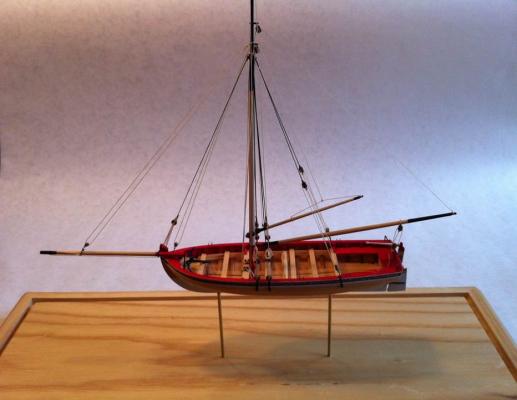
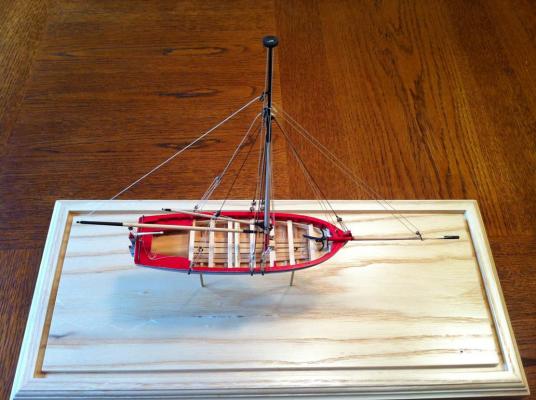
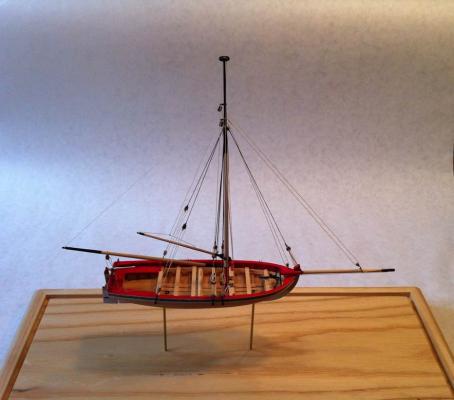
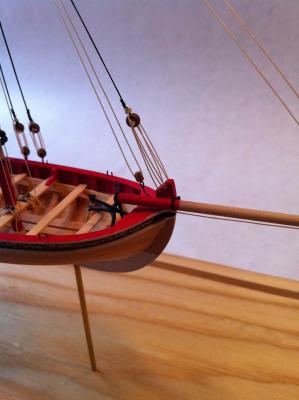
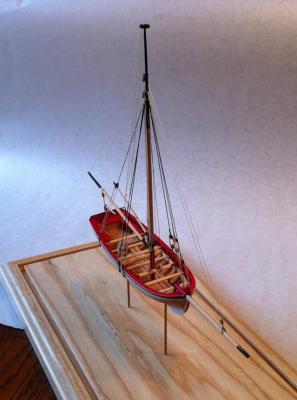
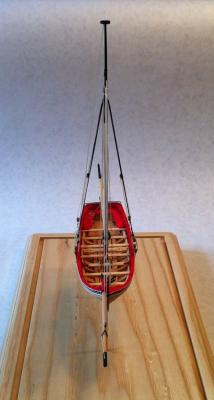
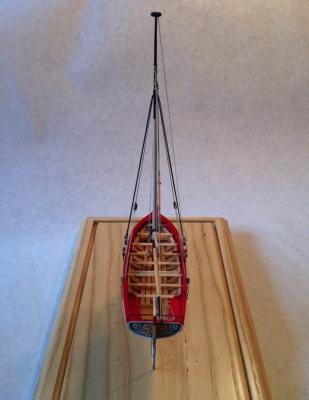
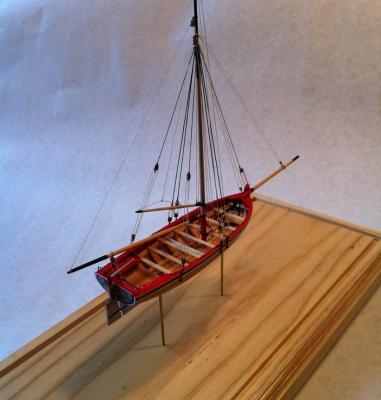
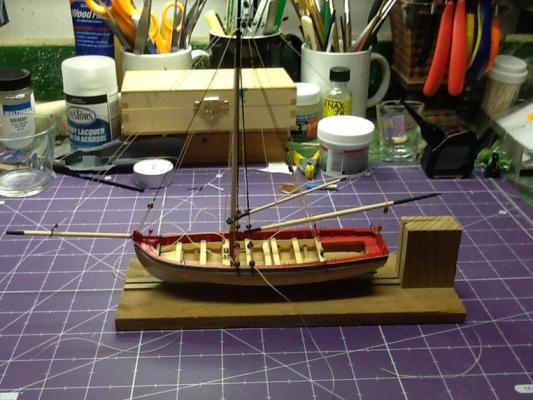
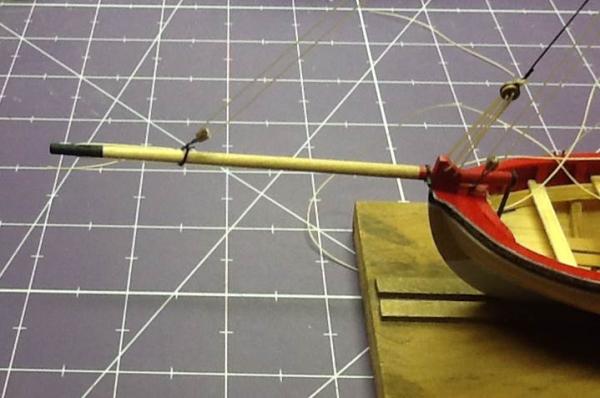
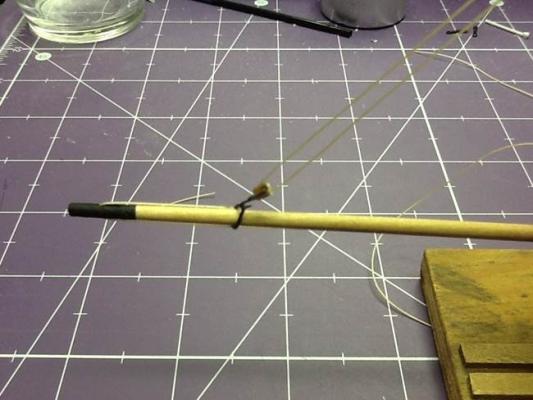
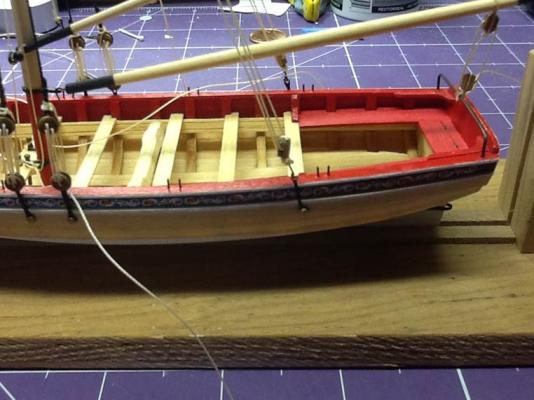
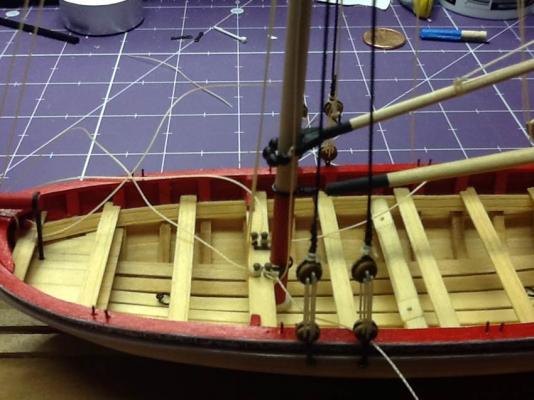


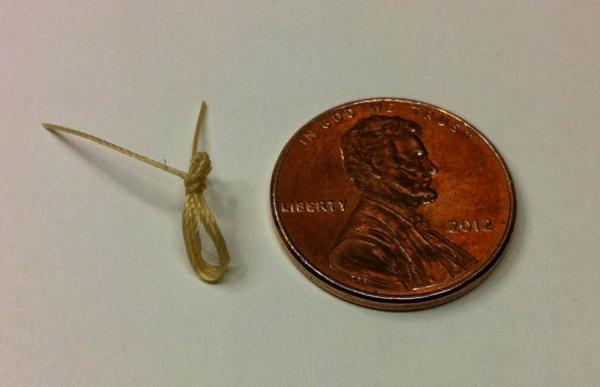
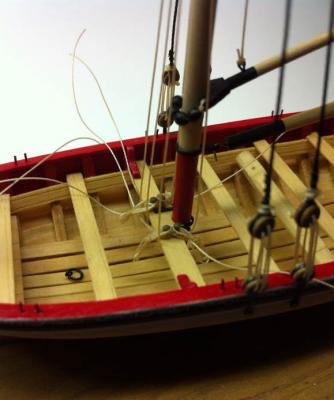
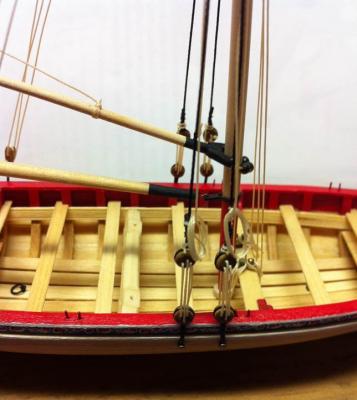
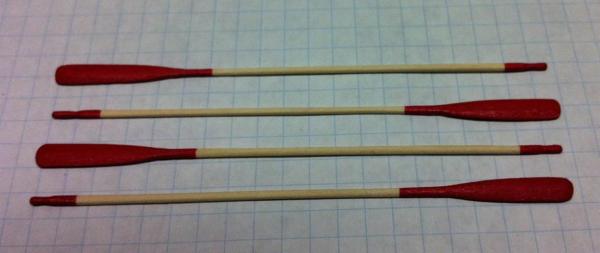
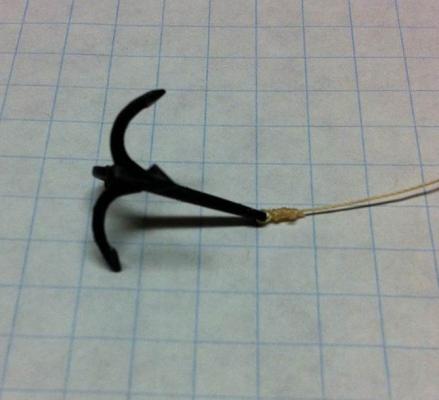
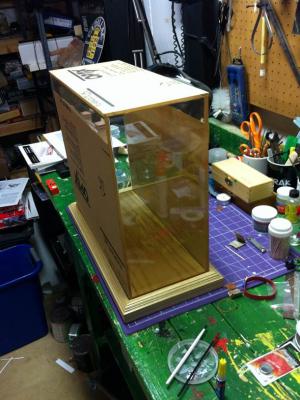
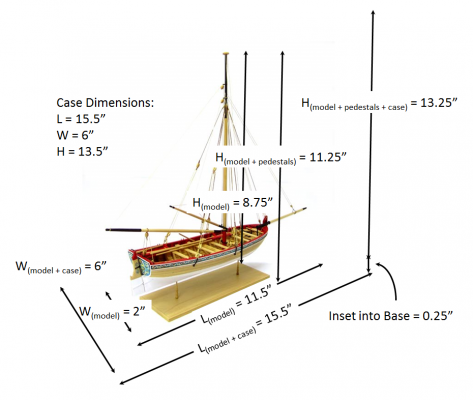
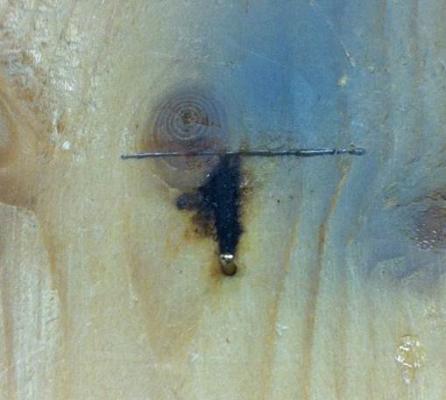
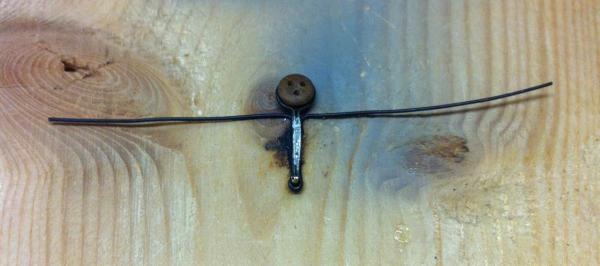
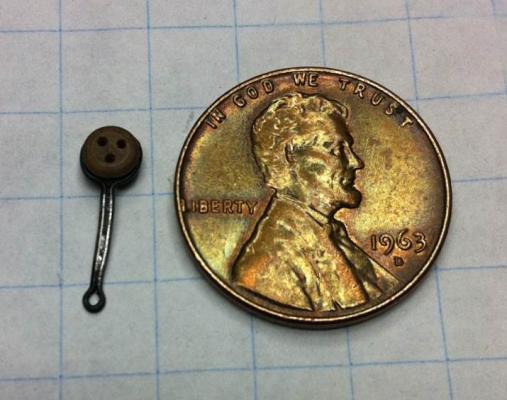
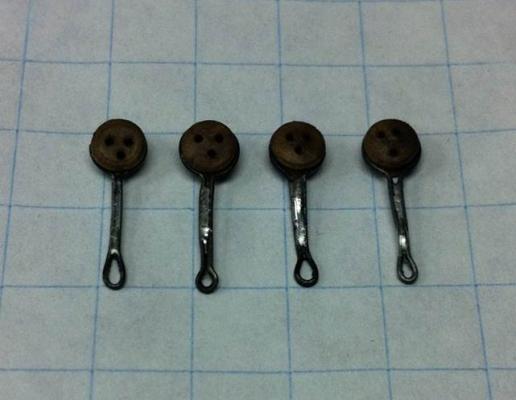
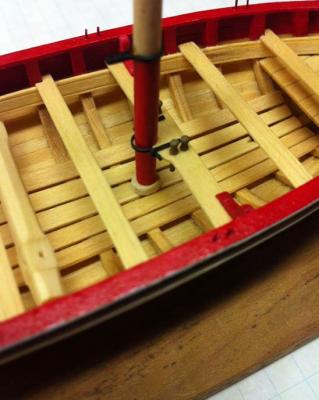
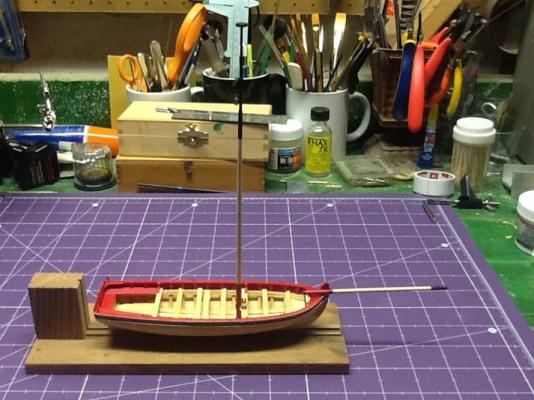
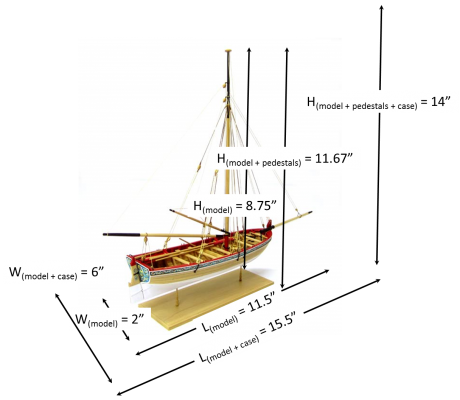
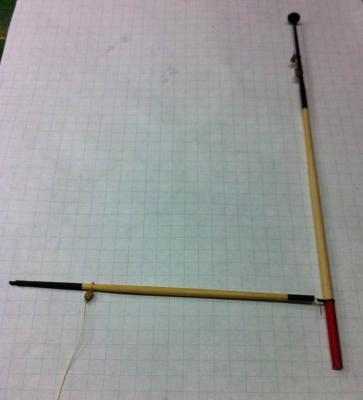
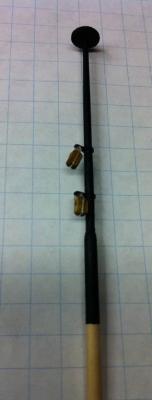

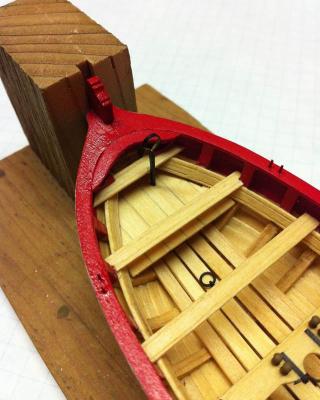
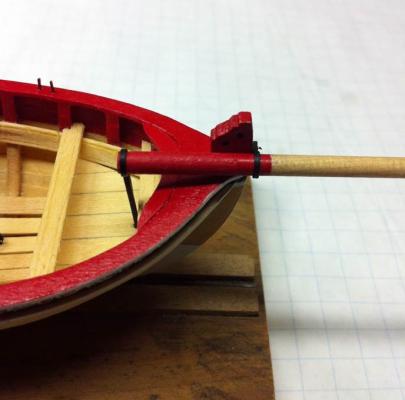
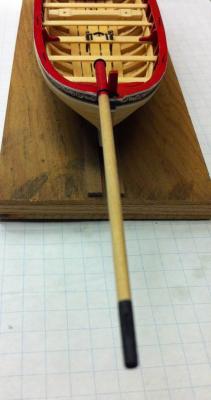
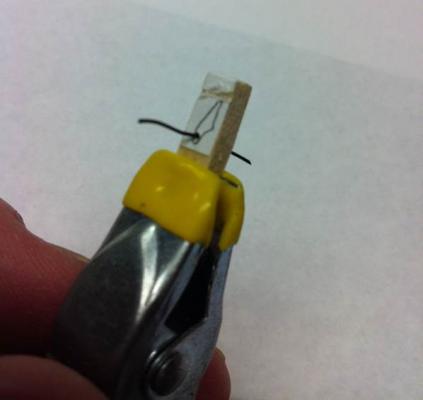
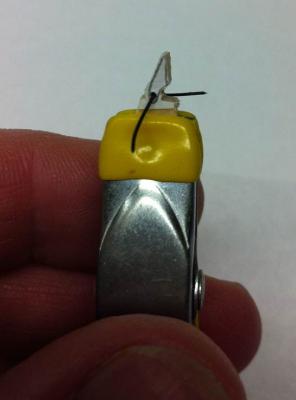
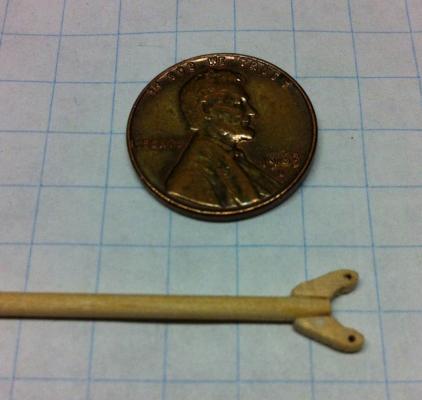
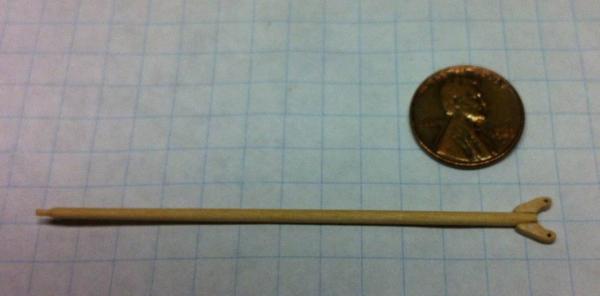
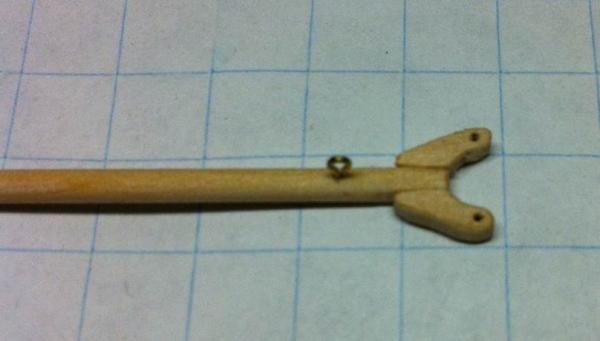
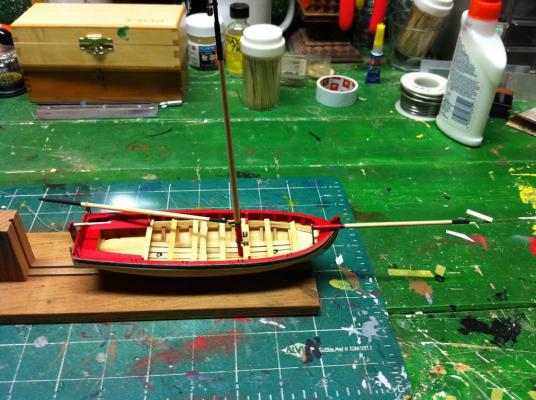
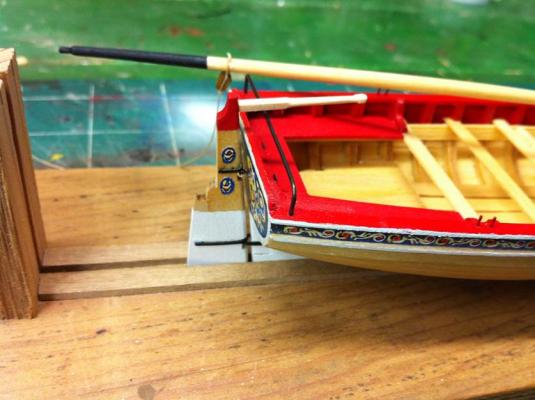
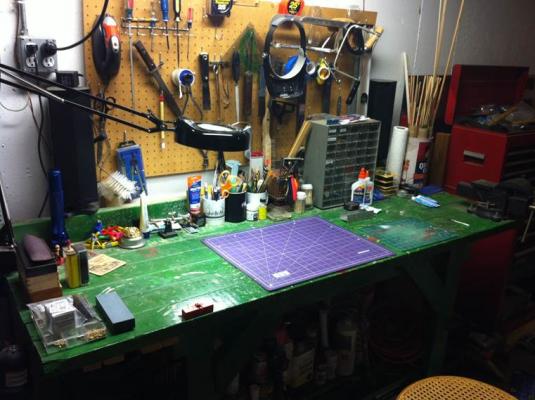

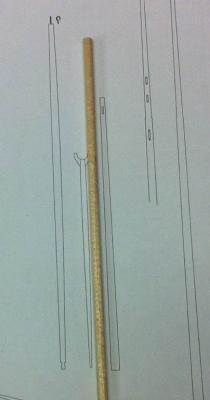
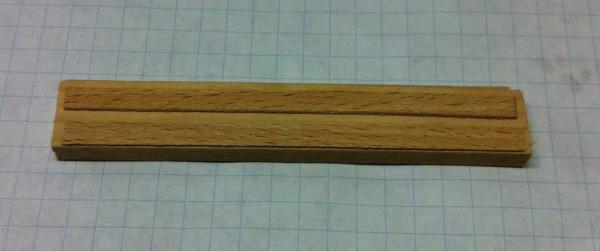
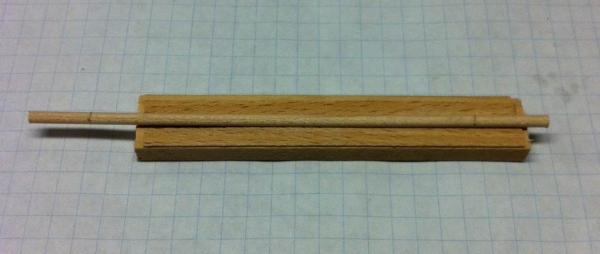
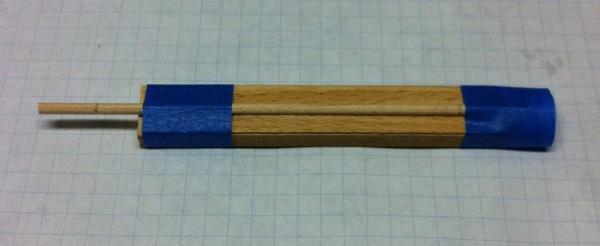
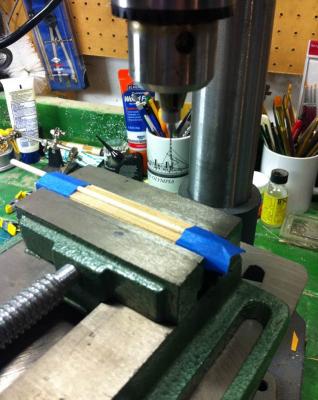
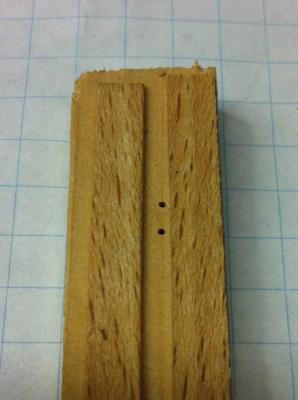
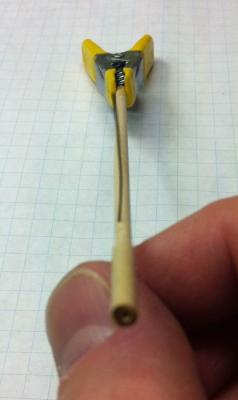
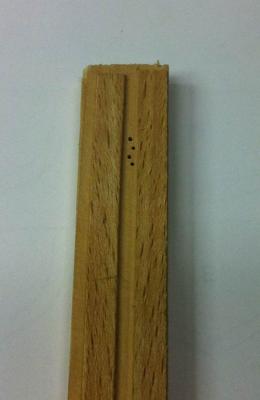
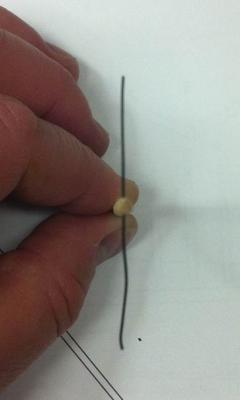


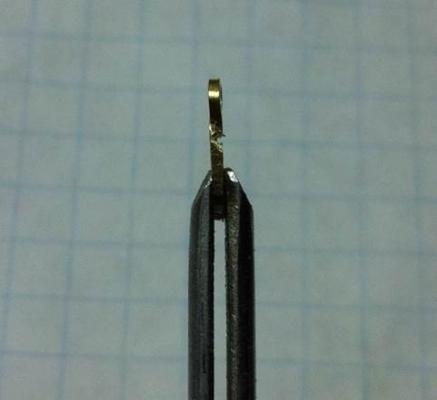
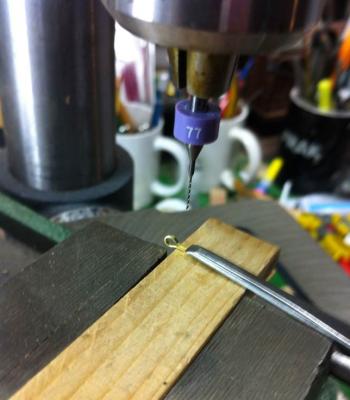
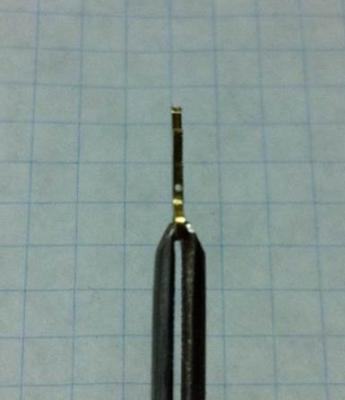
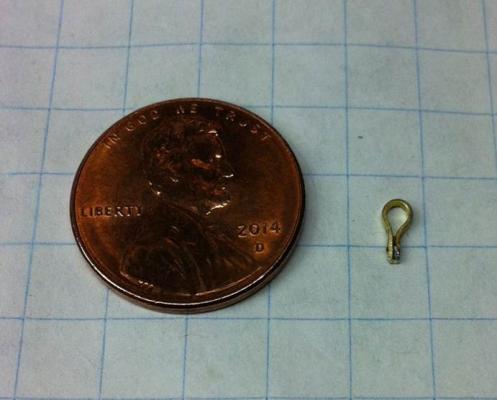
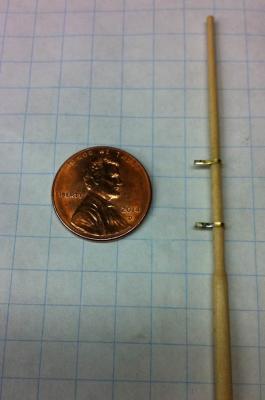
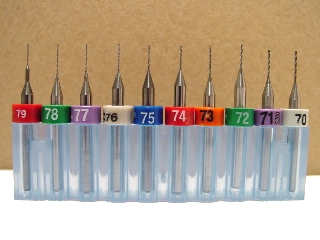
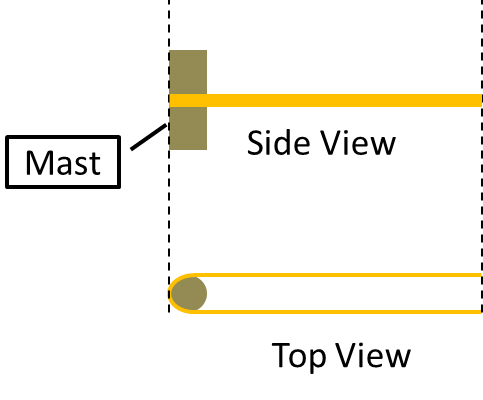
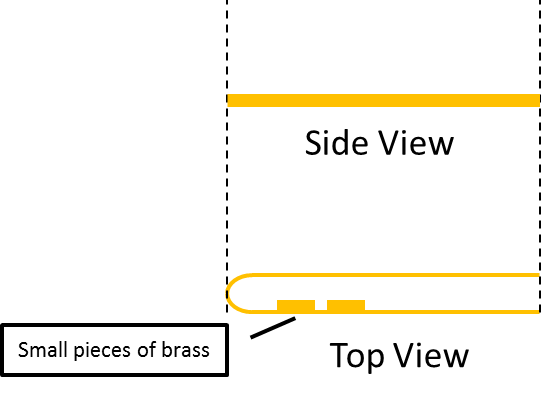
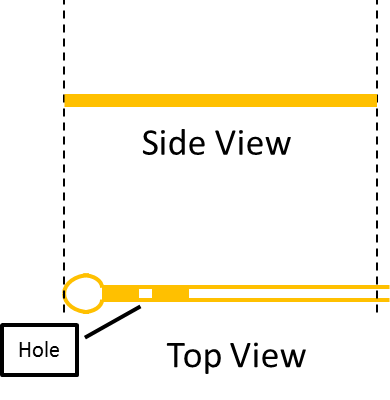
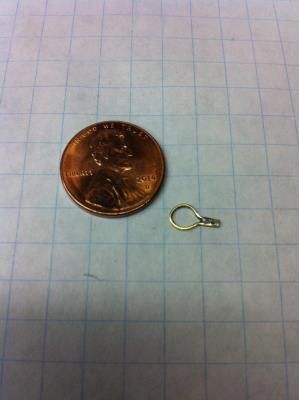
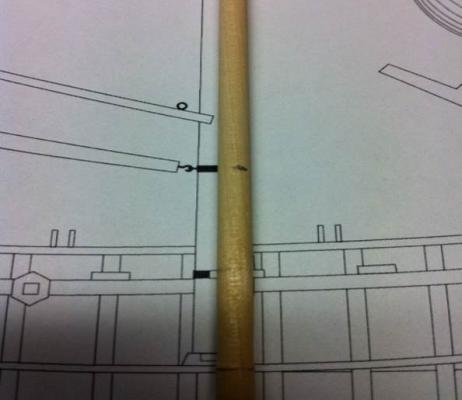
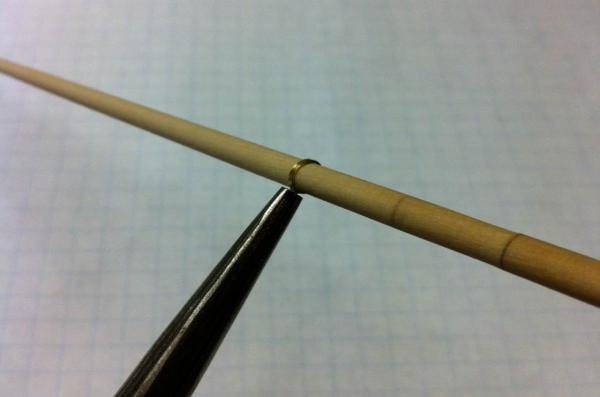
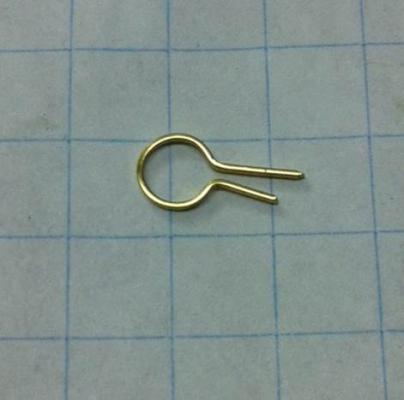
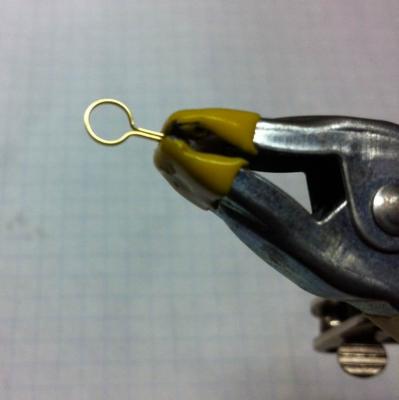
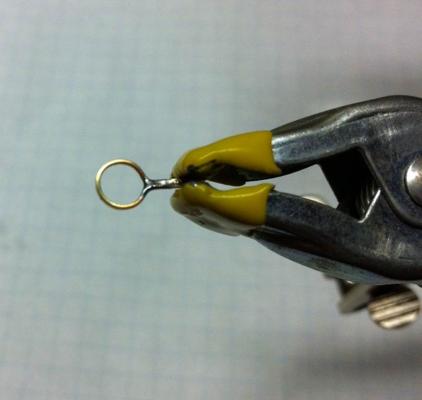
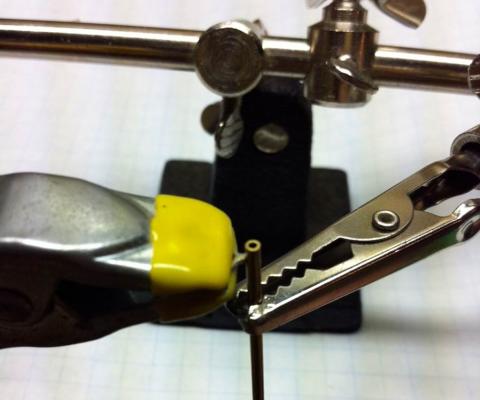
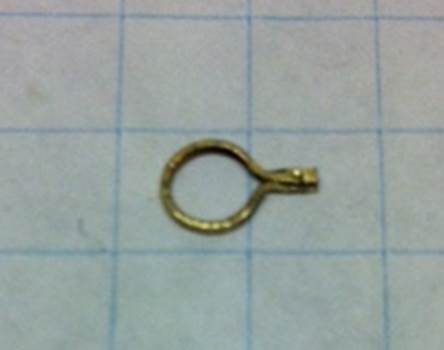
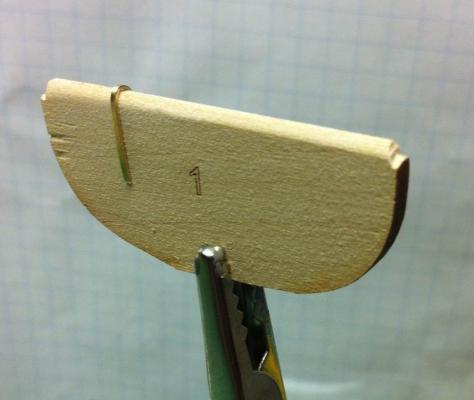
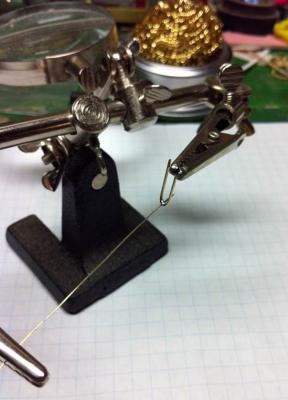
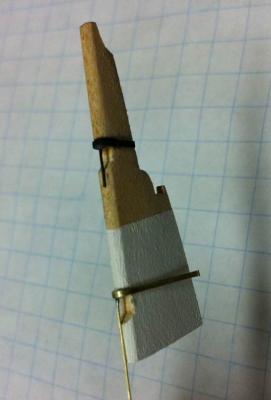
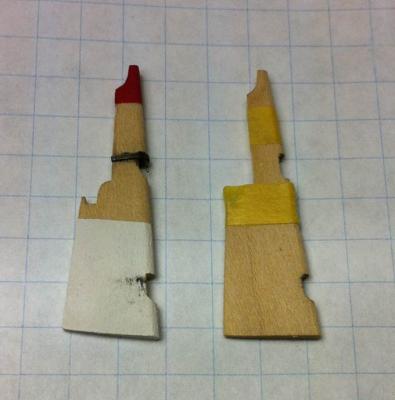
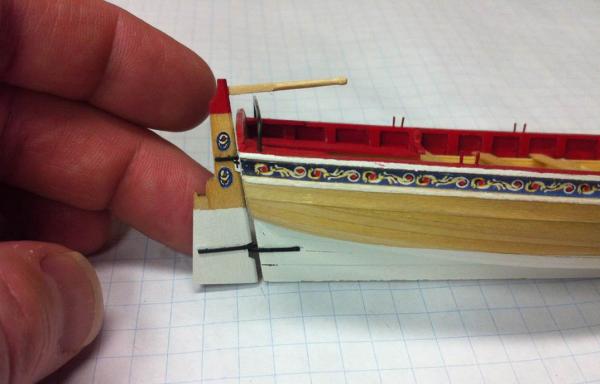
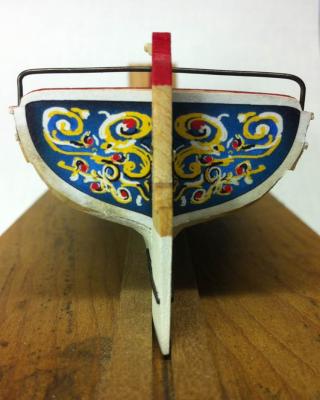
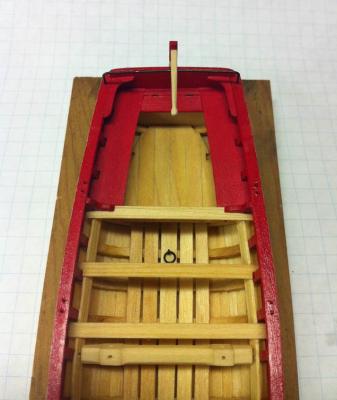
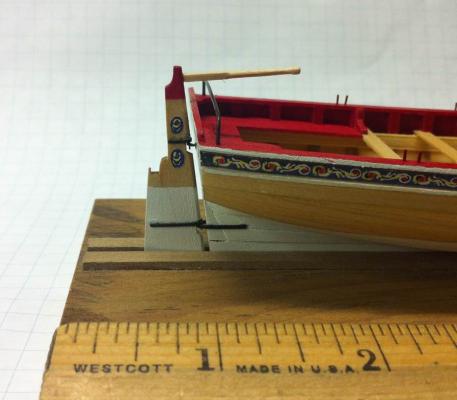
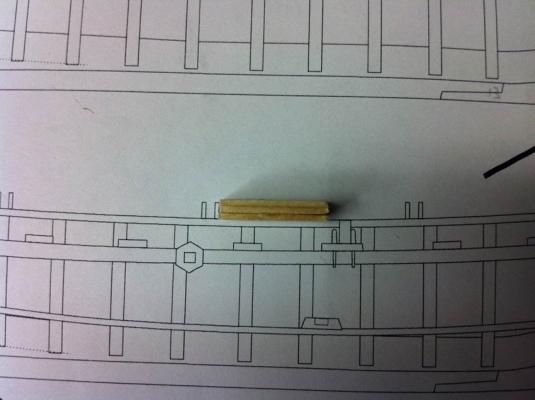
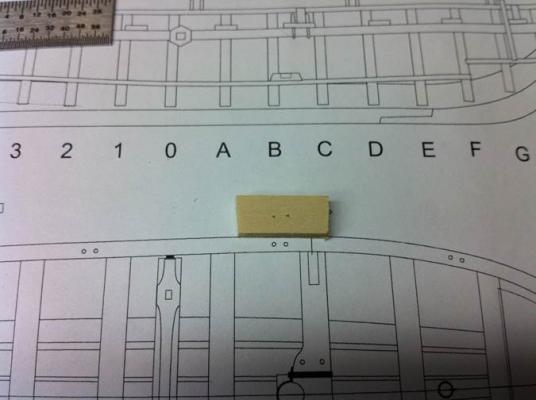
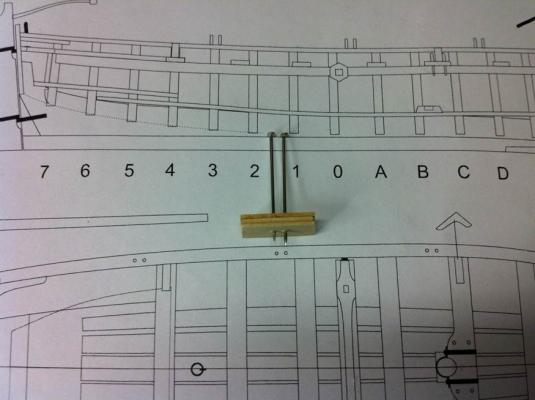
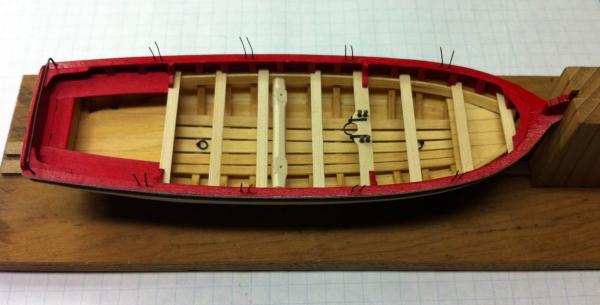
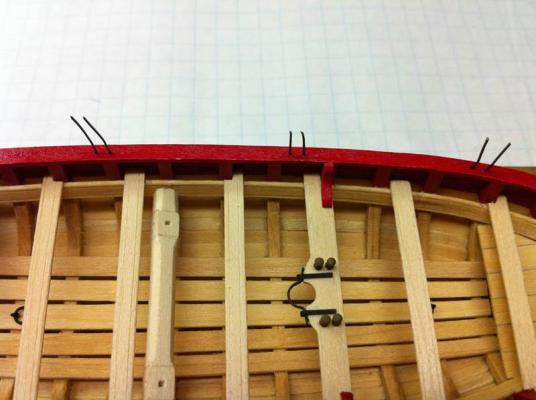
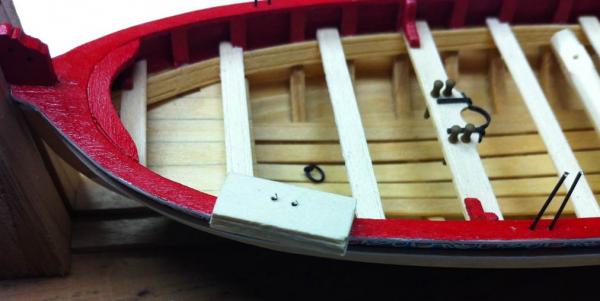
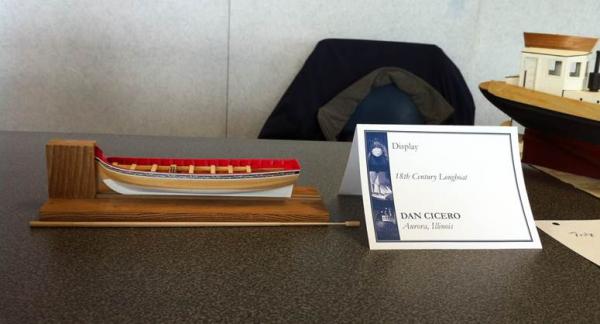
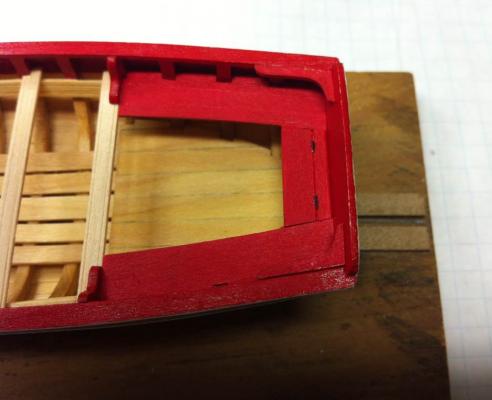
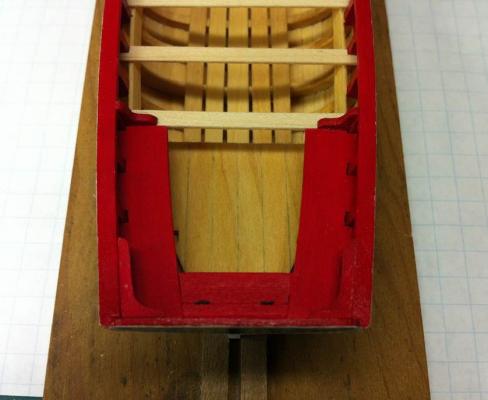
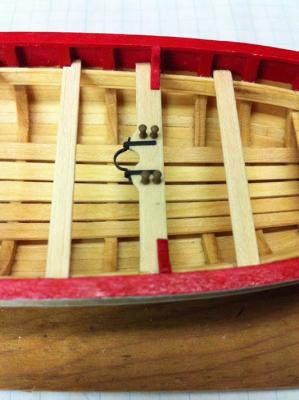
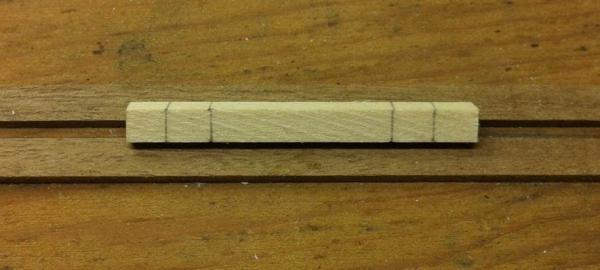
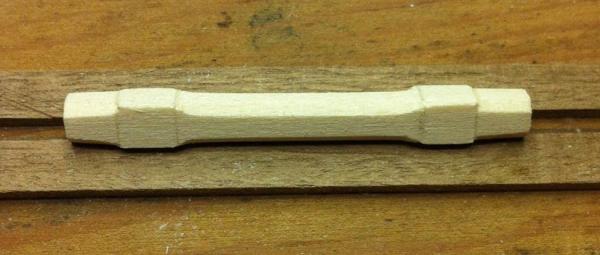
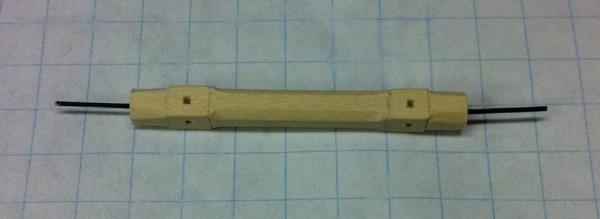
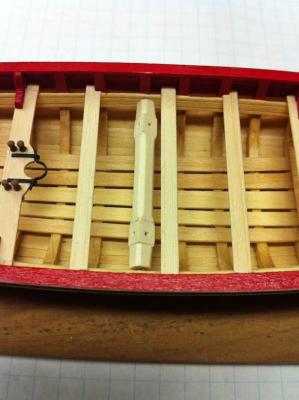
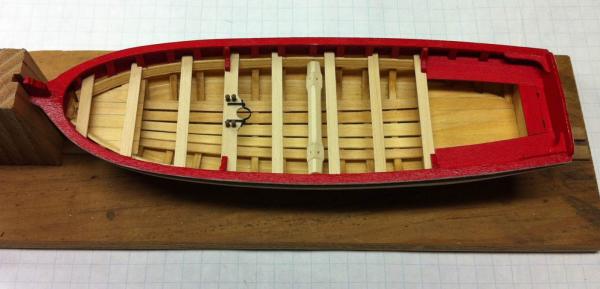
Bertrand by Cathead - FINISHED - 1:87 - wooden Missouri River sternwheeler
in - Build logs for subjects built 1851 - 1900
Posted
I'm following your build with great interest, Cathead. I have Petsche’s book and your log is tempting me to pick it up and read it again.
Dan